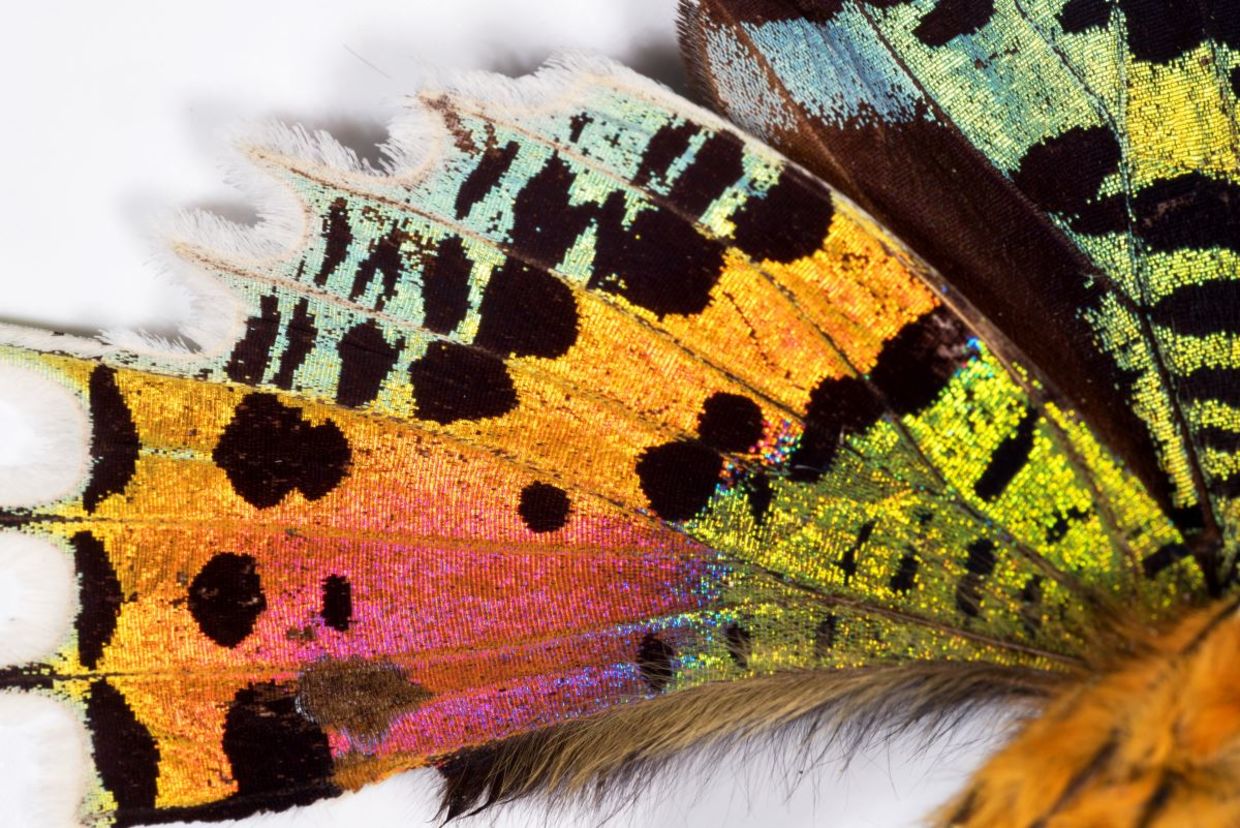
(jhonny95 / Shutterstock.com)
Butterflies are some of nature’s most beautiful creatures. They come in all sorts of patterns and bright, beautiful colors. Now, a new study published in Nature Communications has given scientists insight into how those amazing hues and patterns develop.
All about the actin
According to a University of Sheffield press release, scientists from the University and the Central Laser Facility used super-powerful microscopes to observe butterfly wings as they develop. What they discovered is that there is one protein, called actin, that is responsible for the arrangement of the colors on a given butterfly’s wing. The denser the actin bundles, the more colorful the scales that make up the wing.
Essentially, the colors of a butterfly’s wings are structural. This means that they do not get washed out in harsh conditions like strong sun, the way color pigment can.
“Actin is like a dressmaker, laying out and pinning the arrangement of these structures to shape the vibrant colors. Once the actin has finished its work it departs the cell like the removal of pins in dressmaking,” Dr Andrew Parnell, from the University of Sheffield’s department of physics and astronomy, and the lead author of the study said in the press release
Medical diagnosis and sensors
The discovery that actin is behind the vibrant colors of the butterfly’s wings is exciting for its own sake, but it could also be potentially used in a number of technologies in the scientific world. Colors that do not fade and are quickly to respond could be used in medical research and aid in the diagnostic process. Likewise, these types of colors could be used in sensors of all kinds.
Colors that don’t fade from the ultraviolet (UV) rays of the sun can also be used for commercial purposes in the production of sustainable paints and coatings.
Even though scientists have not previously understood how butterfly wings got their unique colors, the unique properties have already been used in advanced technology, according to Bored Panda. The wing patterns are so unique that in 2015 Serbian scientists began to use them to revolutionize security coding.
The concept was to attach a single scale from a butterfly wing to an item and then put the exact visual data of that scale in a database. Because each scale is as unique as a fingerprint, it would make counterfeiting virtually impossible.
Butterflies are vital to the environment because they are pollinators. But they are also sources of great beauty and awe. Now, we are one step closer to understanding how the butterfly got its vibrant colors.
YOU MIGHT ALSO LIKE:
How to Plant a Butterfly Garden
The Large Blue Butterfly is Back
New Cooling Film was Inspired by Butterflies







